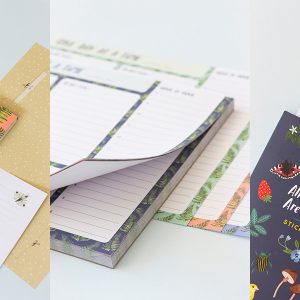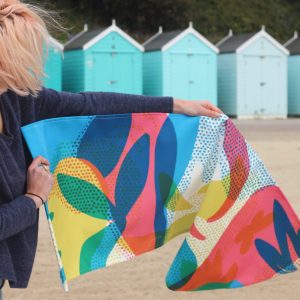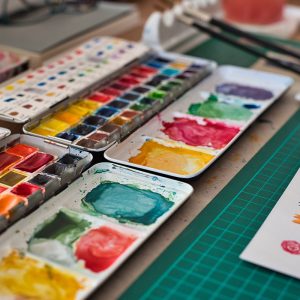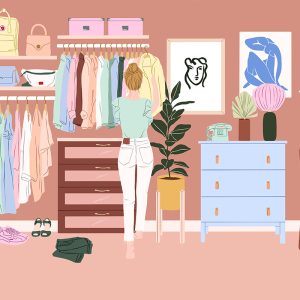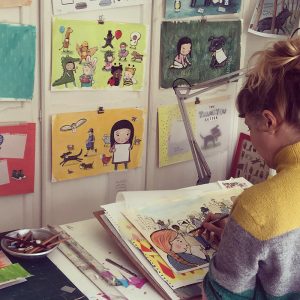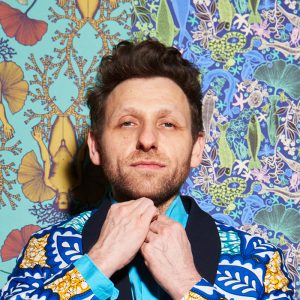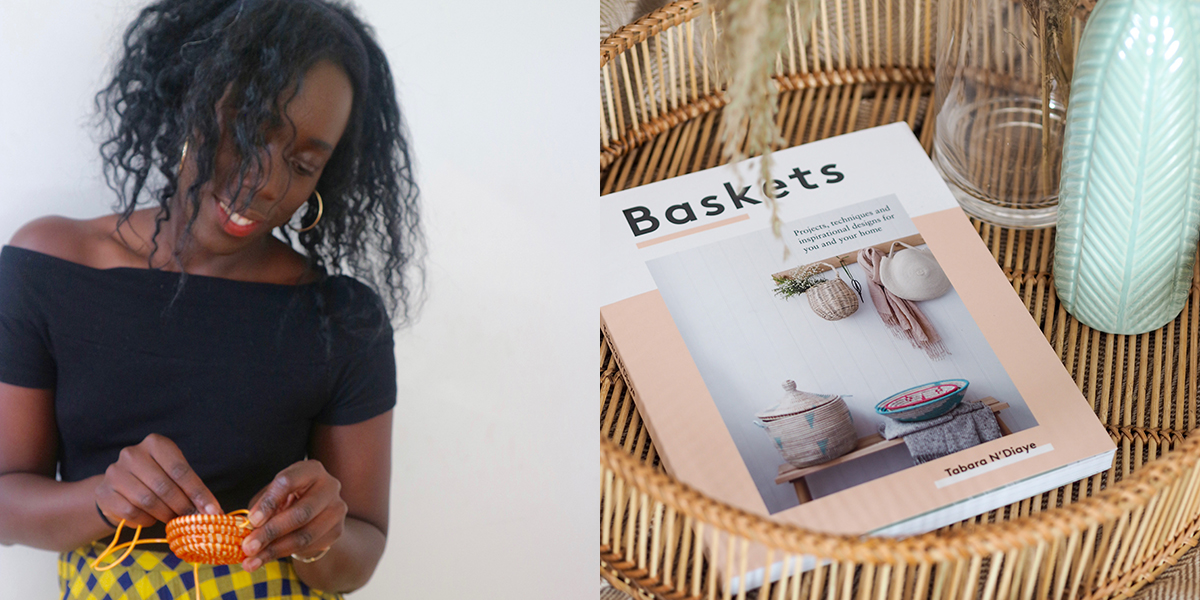Weaving is not just for making 1970s-inspired tapestries anymore: the history and slowness of this ancient craft is attracting a new form of weaver. Many crafters are picking up weaving and giving it a modern spin—pun intended. In issue 15, an illustrator, artist and architect share their experiences. On the blog you can read an insight about weaving.
Weaving was once considered the highest attainable craft. In some cultures, it was even sacred. Certain patterns were even used to indicate which family you were from, for example tartan patterns. And woven cloths lasted for generations. This stands in stark contrast to how carelessly we deal with modern textiles, and is probably a response to the current disposable culture that is bringing creatives back to weaving.
British illustrator and weaver Hannah Waldron says there used to be more thought for the materials used to create things. “People used to be far more in tune with their surroundings, much more aware of the materials around them,” she says. “You can see that in how they used fabric as a metaphor, and how ‘woven’ it is in the language. I find it interesting to consider that. When I’m weaving, I put a lot of myself into it. It’s like a language without words.”
You can read more in issue 15, which is available in our shop.
Want to know more about the three crafters in this issue?
- Designer and illustrator Hannah Waldron shares her work on her website.
- Natalie Miller is an architect as well, you can find her work here.
- Weaver Severine Amsing has a beautiful online portfolio.
Text Jocelyn de Kwant Photography Natalie Miller



